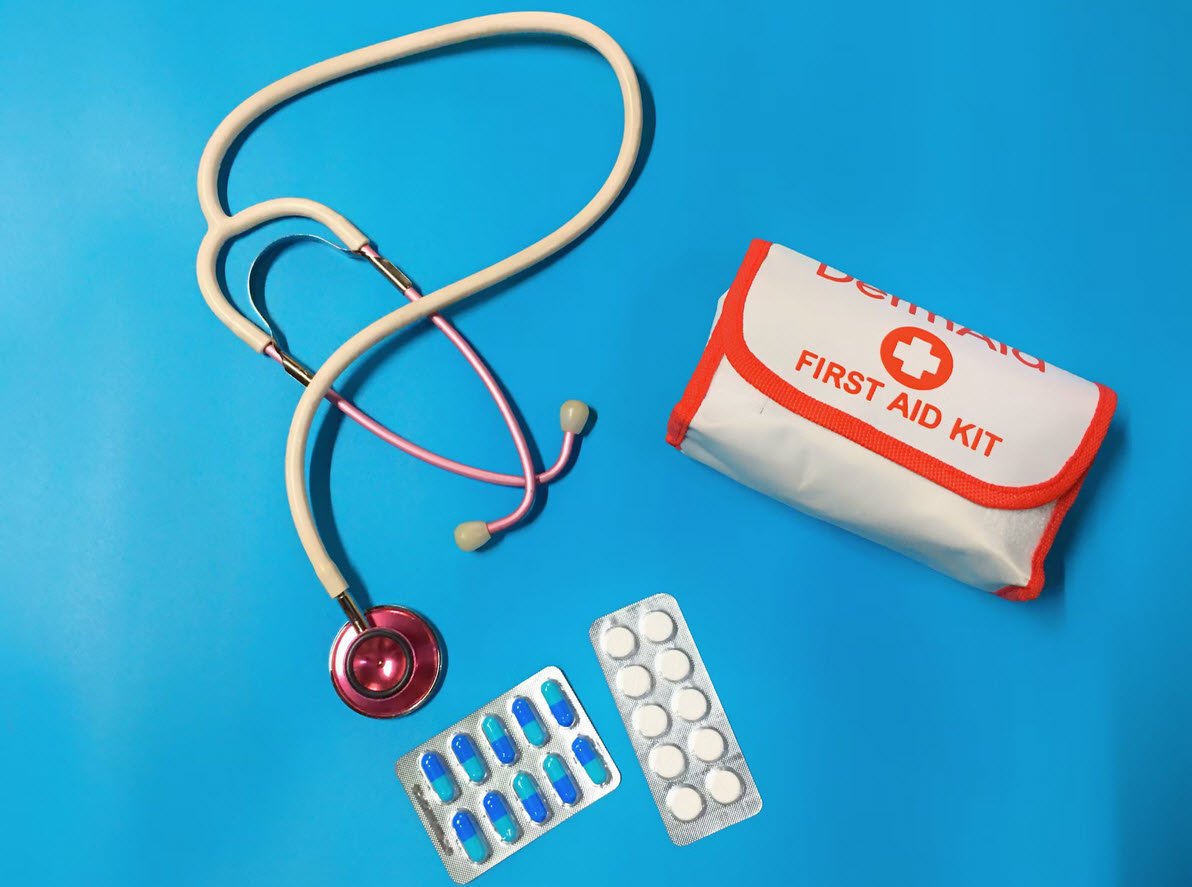
Whether by necessity or choice, bottle feeding is a common practice that many parents opt for to nourish their infants. While breastfeeding has its benefits, bottle feeding can be a perfectly healthy and practical alternative. However, it requires careful attention to detail to ensure that your baby receives the nutrition they need in a safe and effective manner.
This article provides valuable tips and advice to help you navigate the world of bottle feeding, ensuring that your baby’s health is always a top priority.
Choosing the Right Formula
One of the first steps in bottle feeding is selecting the right formula for your baby. Infant formulas are designed to mimic the nutritional composition of breast milk, providing essential nutrients such as proteins, fats, carbohydrates, vitamins, and minerals.
When choosing a formula, it’s important to consider your baby’s specific needs, including any potential allergies or intolerances.
1. Read the Instructions Carefully: Each formula brand comes with specific instructions on how to prepare it. It’s crucial to follow these guidelines meticulously to ensure that your baby receives the proper concentration of nutrients. Deviating from the recommended procedure, such as adding more or less water than directed, can compromise the nutritional value of the formula and may even pose health risks.
2. Test for Allergies: Some babies may be allergic or intolerant to certain ingredients in formula, such as cow’s milk protein or soy. Common signs of an allergic reaction include excessive crying, vomiting, diarrhea, and skin rashes. If you suspect that your baby is having an adverse reaction to a formula, consult your pediatrician immediately. They may recommend a hypoallergenic or specialized formula to meet your baby’s needs.
3. Stick to What Works: Once you find a formula that your baby enjoys and tolerates well, stick with it. Consistency is key to ensuring that your baby receives their daily nutritional requirements. Constantly switching formulas can upset your baby’s digestive system and may cause unnecessary stress for both you and your baby.
The Importance of Cleanliness
Cleanliness is a critical factor in bottle feeding. Formula is a perishable product, and improper handling or storage can lead to contamination, posing serious health risks to your baby. To prevent any issues, it’s essential to maintain a high standard of hygiene when preparing and storing bottles.
1. Sterilize Bottles and Nipples: Before using a bottle or nipple for the first time, sterilize them by boiling in water for at least five minutes or using a steam sterilizer. After each use, thoroughly clean bottles, nipples, and any other feeding equipment with hot, soapy water, and rinse well. This process helps eliminate any residual formula and bacteria that may be lingering.
2. Avoid Reusing Unwashed Bottles: Never refill a bottle that has been used without first cleaning it. Bacteria can grow quickly in leftover formula, increasing the risk of infections such as gastroenteritis. Always wash and sterilize bottles between feedings to ensure that your baby is consuming formula in a clean and safe environment.
3. Don’t Share Bottles: While it might be tempting to borrow a bottle from another parent in a pinch, it’s not advisable to share bottles, as this can introduce germs or allergens that could harm your baby. Each baby should have their own set of bottles that are used exclusively for them.
Preparing Formula Safely
Proper preparation of formula is essential for your baby’s health. Whether you’re mixing a fresh batch or warming up a bottle, it’s important to handle formula with care.
1. Follow Mixing Instructions: As mentioned earlier, it’s crucial to follow the manufacturer’s instructions when mixing formula. Adding too much water can dilute the nutrients, while too little water can make the formula too concentrated, potentially leading to dehydration or kidney issues.
2. Use Safe Water: Always use clean, safe water to mix formula. Depending on your location, tap water may need to be boiled and cooled before use, or you may prefer to use bottled water. If you’re unsure about the water quality, consult your pediatrician for advice.
3. Avoid Freezing Formula: Freezing formula is not recommended, as it can cause changes in the texture and nutritional composition. Formula should be prepared fresh for each feeding or stored in the refrigerator for no more than 24 hours if pre-mixed. Always discard any leftover formula after a feeding session, as it can become contaminated with bacteria from your baby’s mouth.
Monitoring Your Baby’s Growth
Monitoring your baby’s growth and development is an important part of ensuring that they are receiving adequate nutrition. Regular check-ups with your pediatrician will help track your baby’s weight gain and overall health.
1. Track Weight Gain: A key indicator of proper nutrition is steady weight gain. If your baby is not gaining weight as expected, it may be a sign that the formula is not meeting their needs, or that there is an underlying health issue. In such cases, your pediatrician may recommend switching to a different formula or adjusting feeding practices.
2. Be Aware of Feeding Cues: Babies often show signs of hunger or fullness that can guide your feeding schedule. Pay attention to your baby’s cues, such as rooting, sucking on their hands, or turning their head towards the bottle when hungry, and closing their mouth or turning away when full. Responsive feeding helps ensure that your baby is neither overfed nor underfed.
3. Consult with Your Doctor: If you have any concerns about your baby’s feeding habits or growth patterns, don’t hesitate to consult with your pediatrician. They can provide guidance on whether your baby’s formula is appropriate or if any adjustments need to be made.
When to Introduce Cow’s Milk
While cow’s milk is a common dietary staple for older children and adults, it is not suitable for infants under one year of age. Cow’s milk can be difficult for babies to digest and lacks the essential nutrients that they need in the first year of life.
1. Wait Until One Year: Pediatricians generally recommend waiting until your baby is at least one year old before introducing cow’s milk as a primary drink. Until then, formula or breast milk should remain the main source of nutrition.
2. Transition Gradually: When your baby is ready, transition to cow’s milk gradually by mixing it with their formula. This allows their digestive system to adjust slowly. If your baby shows any signs of intolerance, such as diarrhea or skin reactions, consult your pediatrician.
Conclusion
Bottle feeding is a viable and healthy option for feeding your baby, whether by choice or necessity. By selecting the right formula, maintaining cleanliness, preparing formula safely, and monitoring your baby’s growth, you can ensure that your baby receives the nutrition they need to thrive.
Always consult your pediatrician with any concerns or questions to tailor feeding practices to your baby’s individual needs. With the right care and attention, bottle feeding can be a nurturing and positive experience for both you and your baby.
You may also like:- How to Improve Your Mood with Simple Daily Habits
- The Truth About Viagra – What You Need to Know
- How Music Helps in Baby Brain Development
- The Best Educational Games for Toddlers
- The Best Baby Shower Themes for 2025
- 10 Simple Ways to Improve Your Focus and Concentration
- 10 Healthcare Fields That Can’t Wait to Hire You
- 10 Important First Aid Tips for Wilderness Injuries
- Why Don’t People Wake Up From Their Own Snoring?
- The Science of Paternity Testing – A Comprehensive Guide









This Post Has One Comment